不同含水率松针辐射点火特性的实验与理论研究毕业论文
2020-04-15 21:42:55
摘 要
辐射引燃是森林火灾或森林-城镇交界域火灾中最为常见的火蔓延方式,它主要以两种形式促进火蔓延加速。一是火焰辐射加热引燃地表可燃物形成多个点火源,诱发火焰合并或者火旋风加速火势蔓延,二是火焰辐射还可引燃树冠层形成树冠火、狂燃火导致火势加剧。因此,理解辐射加热作用下森林可燃物点火行为对于控制火势蔓延、减小灾害是十分必要的。松针可燃物的辐射点燃与燃料床载荷、含水率等因素有关,其中含水率是影响森林可燃物点燃和蔓延的最重要因素。外加辐射下不同含水率松针的点火方式显著不同,存在明火直接点燃、阴燃点燃或者阴燃向明火转化等几种点火方式。目前国内外对于松针等森林可燃物辐射点火特性的研究,主要是基于大量实验数据对结果进行定性分析,尚未建立涉及传热传质机理的数学物理模型。本文从辐射点燃潮湿松针燃料床过程中热量传递角度入手,主要进行以下几个方面的工作:
- 不同含水率松针辐射点火特性的实验研究
本文研究外加辐射作用下,不同含水率松针燃料床的点火行为。利用辐射加热锥作为热源,对不同辐射热流下5种不同含水率松针燃料床进行实验研究。实验结果表明,松针点火时间随着含水率的增大而增大,随着辐射热流的增大而减小,临界质量损失速率均随着含水率和辐射热流的增大而增大。
- 不同含水率松针辐射点燃时间的理论分析
建立外加辐射作用下松针点燃时间的数学物理模型。为了验证实验结果,实现对松针点燃时间的预测,对辐射加热源和松针燃料床之间的热量传递过程进行理论分析,揭示点燃时间( )与含水率(M)之间的关系,即
)与含水率(M)之间的关系,即 ,与实验得到的结论符合。
,与实验得到的结论符合。
通过本文的实验研究和理论分析,揭示了外加辐射作用下松针点火时间与含水率之间的关系,即 ,初步认识了辐射点燃森林可燃物的传热机制,对于预防和控制森林火灾具有一定的指导意义。
,初步认识了辐射点燃森林可燃物的传热机制,对于预防和控制森林火灾具有一定的指导意义。
关键词:森林可燃物 含水率 点燃时间 热量传递
Abstract
Radiation ignition is the most common fire spread way in forest fires or WUI(wildland–urban interface) fires, which promotes the acceleration of fire spread in two forms. First, the flame radiation ignites the surface of the combustibles to form a number of new ignition sources, resulting in the flames merging or fire whirls and accelerating the spread. In addition, the flame radiation can also ignite the canopy layer to form crown fires or conflagrations, which would intensify fires. As a result, it is necessary to understand the ignition behavior of forest combustibles under radiant heating to control fire spread and reduce disasters. Radiation igniting forest combustibles like pine needles is related to the load and moisture content. The moisture content is the most important factor affecting the ignition and spread of forest combustibles. The ignition mode of the pine needles with different moisture content under radiation is significantly different. There may be several ignition methods such as direct flaming ignition, smoldering ignition or smoldering to flaming transition. At present, the research on the radiation ignition behaviors of forest fuels such as pine needles at home and abroad is mainly based on a large number of experimental data to qualitatively analyze the results, and a mathematical physics model involving heat and mass transfer has not been established. This article starts from the perspective of heat transfer in the process of igniting wet pine needles, mainly in the following aspects:
1. Experimental study on radiation ignition characteristics of pine needles with different moisture content
In this paper, the ignition behavior of pine needle fuel beds with different moisture content under external irradiation is studied. Using radiant heating cone as heat source, five kinds of pine needle fuel beds with different moisture content under different radiant heat flow were studied experimentally. The experimental results show that the ignition time of pine needles increases with the increase of moisture content, and decreases with the increase of radiant heat flux. The critical mass loss rate increases with the increase of moisture content and radiant heat flux.
2. Theoretical analysis of ignition time of pine needles with different moisture content
Establish a mathematical physical model of the ignition time of pine needles under external radiation. In order to verify the experimental results, the prediction of the ignition time of the pine needle is realized, and the heat transfer process between the radiant heating source and the pine needle fuel bed is theoretically analyzed to reveal the relationship between the ignition time ( ) and the moisture content (M), ie
) and the moisture content (M), ie  , The conclusions obtained from the experiment are consistent.
, The conclusions obtained from the experiment are consistent.
Through the experimental research and theoretical analysis of this paper, the relationship between the ignition time of the pine needles and the moisture content under the external radiation is revealed. That is, the heat transfer mechanism of the forest combustibles ignited by radiation is preliminarily recognized, which has certain guiding significance for preventing and controlling forest fires.
Key words: Forest fuels moisture content ignition time heat transfer
目 录
摘 要 I
Abstract II
第一章 绪论 1
1.1引言 1
1.2研究现状 2
1.3研究内容与方法 5
1.4章节安排 .5
第二章 松针辐射点火实验设计 ...7
2.1引言 7
2.2 实验装置 7
2.3实验样品及制备 11
2.4实验工况 11
2.5实验的重复性 12
2.6 本章小结 12
第三章 实验结果与分析 13
3.1 引言 13
3.2 点燃时间 13
3.3质量损失 15
3.4临界质量损失速率 16
3.4 本章小结 18
第四章 不同含水率松针辐射点火时间的理论分析 21
4.1 引言 21
4.2 不同含水率松针辐射点火时间物理模型 21
4.3 本章小结 25
第五章 总结与展望 27
5.1 本文总结 27
5.2论文创新点 27
5.3未来展望 28
参考文献 29
致 谢 33
图例目录
图 1‑1加州“camp”火灾 1
图 1‑2四川凉山森林火灾 1
图 1‑3覆盖在地表的松针可燃物 2
以上是毕业论文大纲或资料介绍,该课题完整毕业论文、开题报告、任务书、程序设计、图纸设计等资料请添加微信获取,微信号:bysjorg。
相关图片展示:
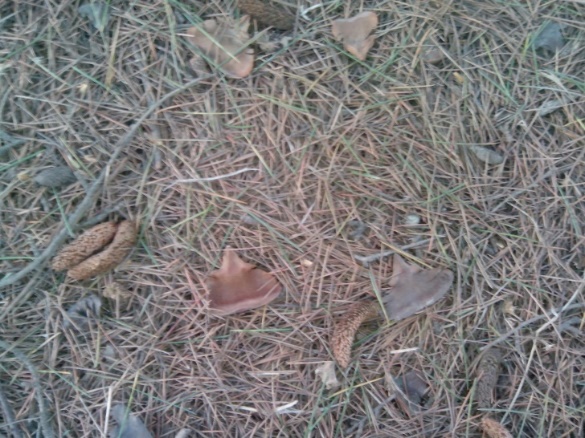
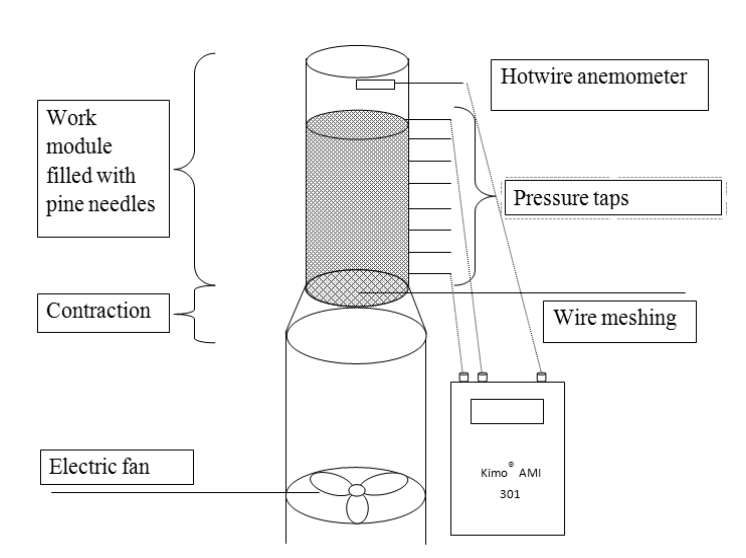
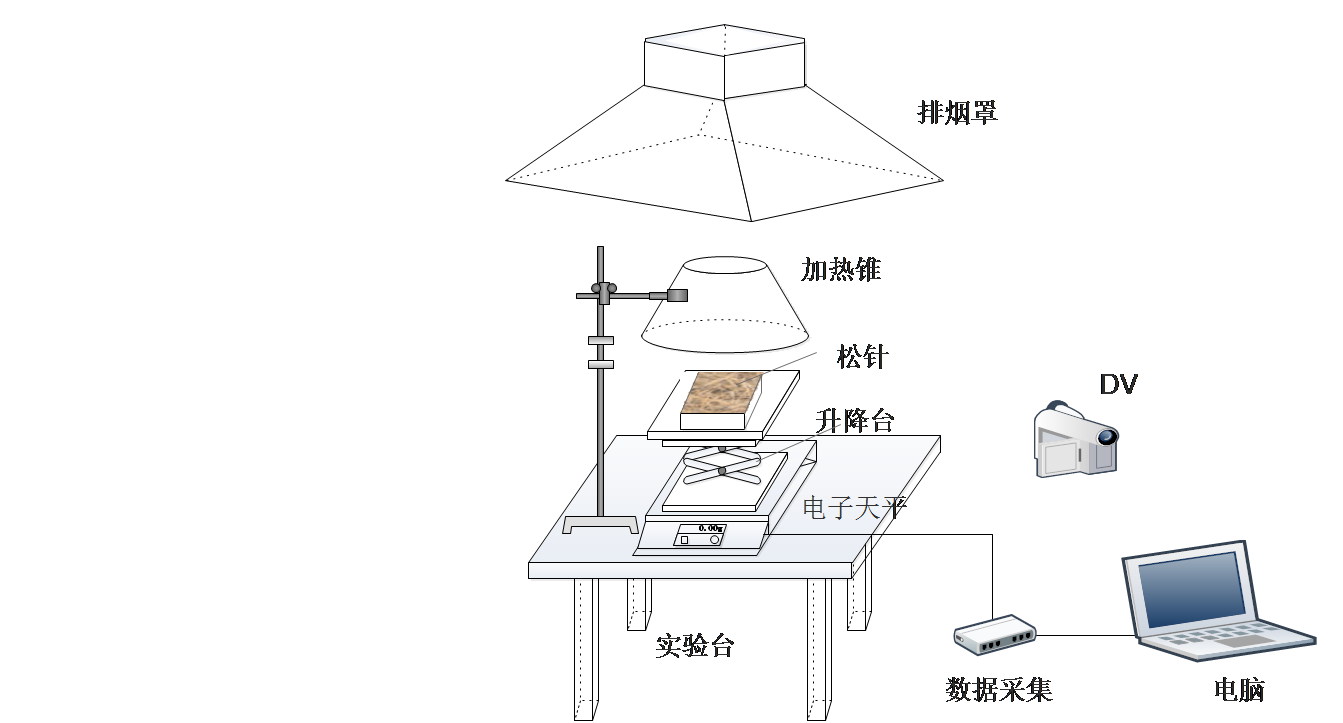
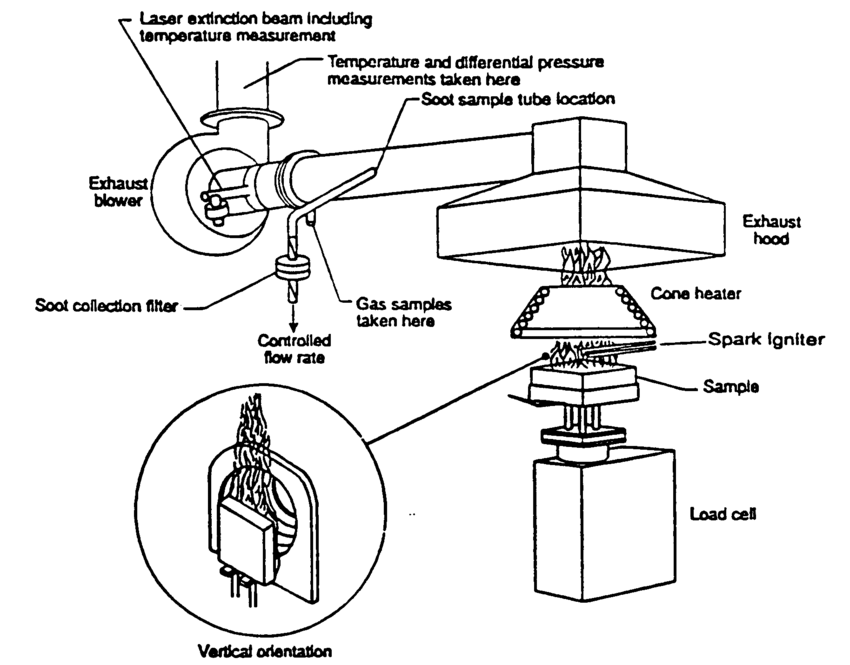
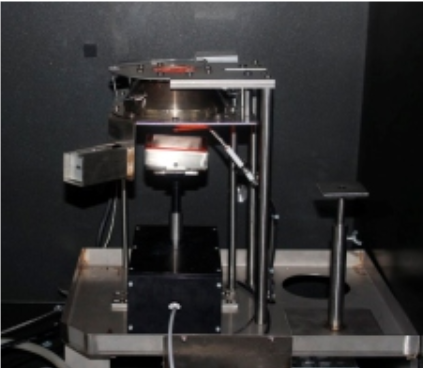
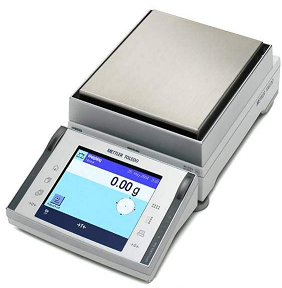
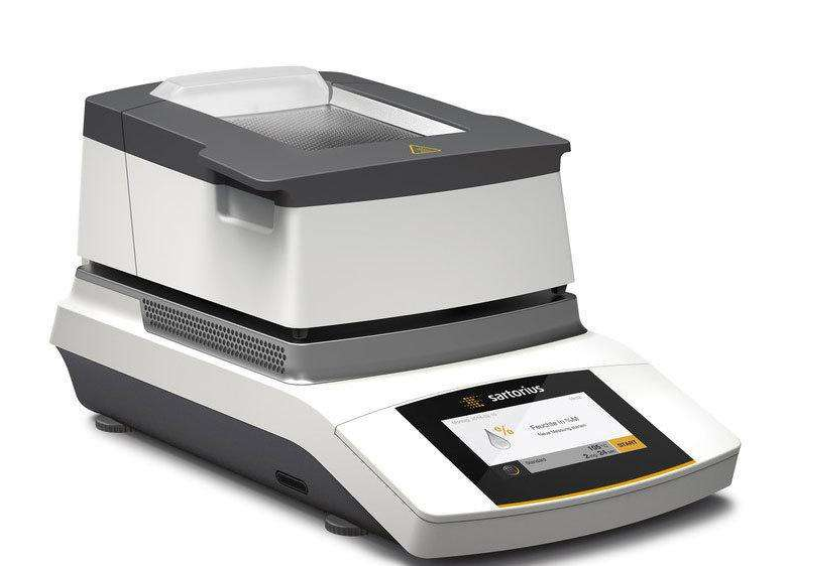
课题毕业论文、开题报告、任务书、外文翻译、程序设计、图纸设计等资料可联系客服协助查找。



